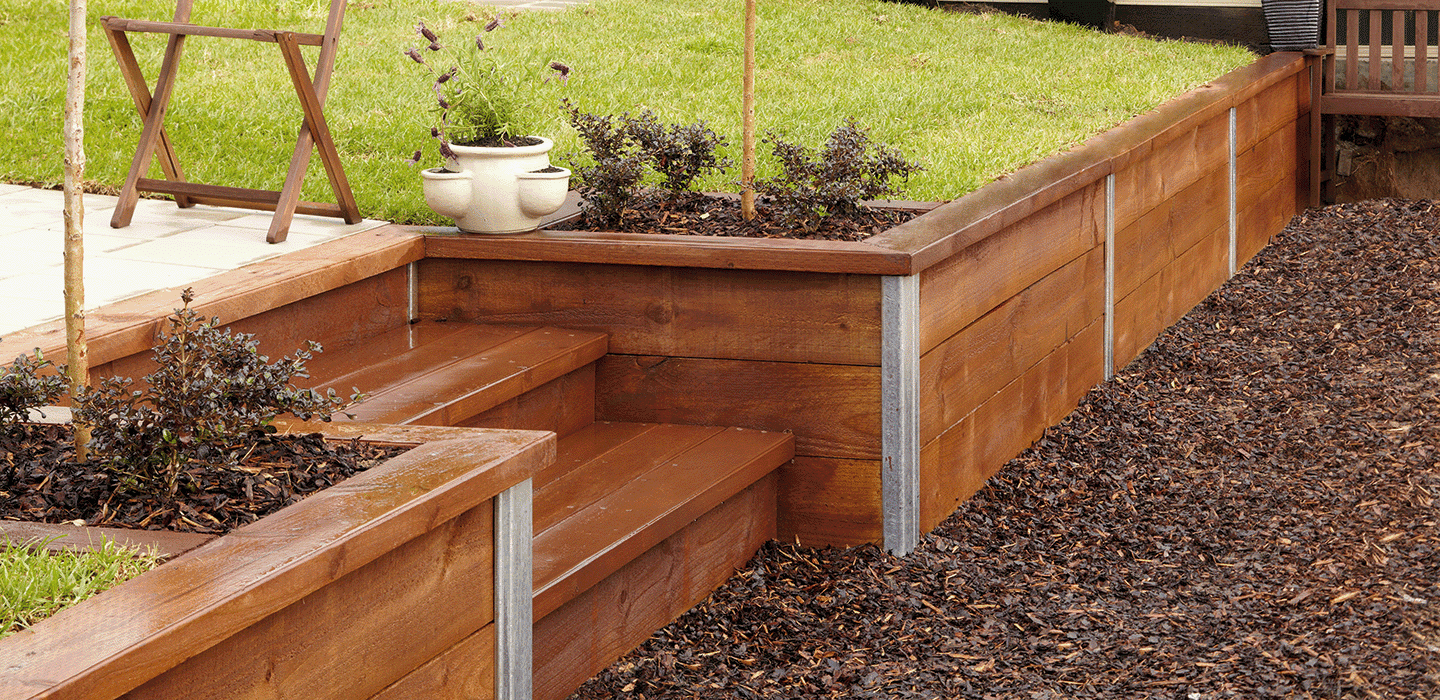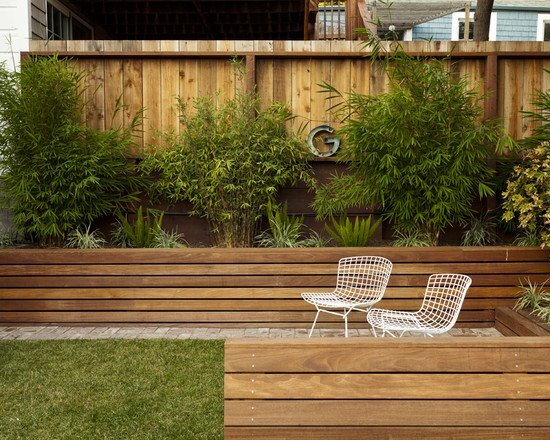Professional Tips for Putting Up Retaining Walls Sunshine Coast Efficiently
Professional Tips for Putting Up Retaining Walls Sunshine Coast Efficiently
Blog Article
Enhancing Home Stability: The Role of Retaining Walls in Soil Retention and Erosion Control
In the world of building management, preserving stability and stopping disintegration are vital problems for homeowner and developers alike. Retaining walls stand as silent guardians, playing a vital duty in soil retention and disintegration control. Their significance prolongs past simple structural support, influencing the overall integrity and long life of a residential or commercial property. By discovering the nuances of different kinds, design considerations, construction strategies, and maintenance pointers connected with retaining walls, a much deeper understanding of their crucial duty in boosting home security emerges. The elaborate dancing in between design expertise and ecological harmony introduces a compelling narrative that emphasizes the crucial nature of preserving walls in contemporary land administration.
Relevance of Retaining Walls in Stability
Keeping walls play a vital role in holding back dirt, stopping disintegration, and developing level surface areas in sloped locations. By offering architectural support, keeping walls help to rearrange lateral stress created by soil, preventing landslides and slippage.
Retaining walls are especially necessary in uneven or sloping terrains where dirt disintegration is an usual event. Without appropriate support, dirt erosion can result in the degradation of landscapes, jeopardizing the honesty of frameworks and posturing risks to citizens. Maintaining walls function as obstacles, supporting the soil and avoiding it from shifting downhill during hefty rainfall or various other ecological stressors.
Moreover, maintaining walls use long-lasting advantages by minimizing upkeep expenses related to soil erosion and land instability. By investing in properly designed maintaining wall surfaces, homeowner can make sure the longevity and sustainability of their landscapes while promoting a safe and aesthetically appealing atmosphere.

Sorts Of Retaining Walls for Disintegration Control
Frequently utilized in landscape design and civil engineering tasks, different kinds of maintaining walls function as effective options for erosion control in varied surface conditions. Gravity preserving walls are tough structures that count on their weight to resist the stress of the soil behind them. They are appropriate for reduced to medium elevation applications and are generally made from concrete or rock. Cantilever keeping wall surfaces, on the various other hand, are made with a thicker base and utilize a bar arm to withstand the soil stress. These wall surfaces are typically made use of in areas where space is restricted.
For taller walls or where space is a restriction, secured preserving walls are typically utilized. These wall surfaces make use of cables or strips that are anchored into the soil or rock behind the wall to supply added assistance. An additional kind, the sheet pile retaining wall, is optimal for areas with soft dirt. Retaining Walls Sunshine Coast. These walls include interlocking sheets that are driven right into the ground to produce an obstacle versus dirt disintegration. When choosing the ideal type of keeping wall surface for erosion control, factors such as dirt structure, wall surface height, and site problems have to be meticulously taken into consideration to ensure long-lasting stability and effectiveness.
Layout Considerations for Soil Retention
The elevation and place of the keeping wall are vital aspects that influence the go general style. Designers have to additionally take into consideration the pressure exerted by the kept soil and prospective side lots to make certain the structure's security over time.
In addition, the product selection for the keeping review wall surface is essential in improving durability and capability. Concrete, timber, gabion baskets, and all-natural stone prevail products utilized in maintaining wall surface construction, each with its unique advantages and considerations. Appropriate water drainage devices, such as weep openings and French drains, ought to be incorporated into the style to stop water accumulation behind the wall surface, which can lead to structural failure and erosion.
Construction Techniques for Keeping Walls
When carrying out design considerations for effective dirt retention, the building techniques for retaining wall surfaces play an important duty in making certain architectural integrity and lasting stability. One usual method is the gravity wall, which counts on the weight and mass of the wall surface itself to resist the stress of the kept dirt.
One more widely utilized construction strategy is the cantilevered wall, which makes use of a concrete slab structure that extends in reverse into the preserved soil. This layout provides added stability and appropriates for medium to high maintaining walls. For taller structures, enhanced soil methods such as the usage of geogrids or dirt nails can be employed to improve the wall surface's stamina and useful source security.

Upkeep Tips for Home Security
To ensure lasting building security, regular upkeep techniques are vital for preserving the integrity of protecting against and maintaining walls erosion issues. Cleaning up the surface of the keeping wall surfaces can also aid preserve their structural integrity by getting rid of dirt, particles, and vegetation that could damage the wall over time.
Along with aesthetic inspections and cleansing, it is very important to examine the drain systems related to the maintaining wall surfaces. Making sure that drains pipes are clear of obstructions and functioning correctly can protect against water buildup behind the wall surfaces, which can lead to stress and possible failure. Appropriately functioning drain systems are essential for handling water circulation and reducing the danger of disintegration.
Regularly keeping an eye on and maintaining retaining walls according to these suggestions can prolong their lifespan and add to the general security of the residential or commercial property.
Conclusion
In verdict, maintaining walls play an essential role in boosting building security by stopping soil disintegration and preserving soil in place. Regular maintenance of maintaining wall surfaces is important to ensure lasting security and protection versus erosion.
For taller walls or where room is a restriction, anchored preserving walls are often used. These walls make use of cords or strips that are anchored right into the soil or rock behind the wall surface to offer additional assistance. When selecting the proper type of preserving wall for disintegration control, elements such as dirt structure, wall surface height, and website conditions have to be thoroughly taken into consideration to guarantee long-lasting stability and performance.
One typical strategy is the gravity wall, which depends on the weight and mass of the wall itself to withstand the stress of the retained dirt. Cleaning up the surface area of the retaining walls can additionally help preserve their architectural stability by getting rid of dust, debris, and plants that can compromise the wall surface over time.
Report this page